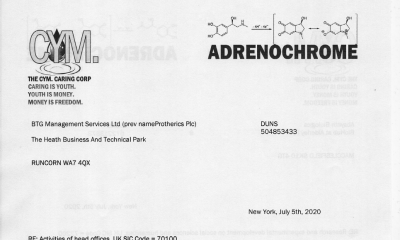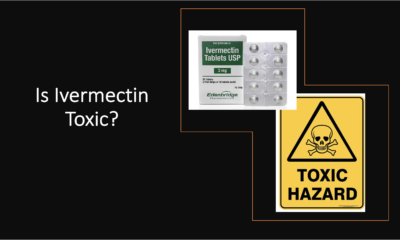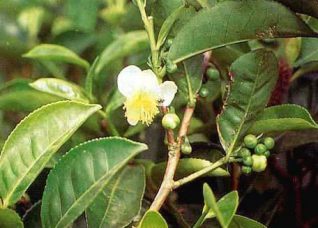doi: 10.3389/fpls.2017.00351
Published online 2017 Mar 16
Wei Sun,1,2,† Song Yan,1,3,† Jingjian Li,1,4 Chao Xiong,1,5 Yuhua Shi,1 Lan Wu,1 Li Xiang,1 Bo Deng,6 Wei Ma,3,* and Shilin Chen1,*
Abstract
There is an unmet need for herbal medicine identification using a fast, sensitive, and easy-to-use method that does not require complex infrastructure and well-trained technicians. For instance, the detection of adulterants in Lobelia chinensis herbal product has been challenging, since current detection technologies are not effective due to their own limits. High Resolution Melting (HRM) has emerged as a powerful new technology for clinical diagnosis, research in the food industry and in plant molecular biology, and this method has already highlighted the complexity of species identification. In this study, we developed a method of species specific detection of L. chinensis using HRM analysis combined with internal transcribed spacer 2. We then applied this method to commercial products purporting to contain L. chinensis. Our results demonstrated that HRM can differentiate L. chinensis from six common adulterants. HRM was proven to be a fast and accurate technique for testing the authenticity of L. chinensis in herbal products. Based on these results, a HRM approach for herbal authentication is provided.
Keywords: Lobelia chinensis, adulterants, Bar-HRM technology, ITS2, herbal medicine identification
Go to:
Introduction
Lobelia chinensis Lour. belongs to the family Campanulaceae, and is distributed widely in East Asian countries including China, Korea, and Japan (Tada et al., 1995). Various parts of the plant have been used for the treatment of snakebite, edema, diarrhea, and jaundice in Chinese folk medicine (Yang et al., 2014). Many active chemical compounds have been identified in the plant, including: piperidine alkaloids, such as lobeline, norlobelanine, and lobelanine; coumarins, such as 6,7-dimethoxycoumarin, 5-hydroxy-7-methoxycoumarin, and 5,7-dimethoxy-6-hydroxy-coumarin; and terpenoids, including phytol, phytenal, cycloeucalenol, and 24-methylene-cycloartanol (Ishimaru et al., 1992; Shibano et al., 2001; Yang et al., 2014). As interest in the clinical use of herbal materials has grown in recent years, the presence of adulterants in herbal health products has become more frequent (Han et al., 2016). Fraudulent labeling of this herbal product has become commonplace, giving rise to health concerns. Fraud control is therefore desirable as a method of supporting fair trade and safeguarding consumer health.
Numerous conventional methods—including morphological, microscopic, and chemical identification—have been used for species specific identification of this herbal medicine, with each method having particular limitations. The traditional identification is dependent on the knowledge of morphological characters that enable to differentiate species. However, the absence of diagnostic characters always decreases the reliability of results (Chen et al., 2014). DNA barcoding technology was developed to find universal and short region of DNA sequences for authenticating species in herbgenomics area (Chen and Song, 2016). Additionally, DNA-based methods, including High Resolution Melt analysis (HRM) with DNA barcoding have become popular as assays designed to detect the presence of adulterants (Kalivas et al., 2014; Buddhachat et al., 2015; Osathanunkul et al., 2015; Singtonat and Osathanunkul, 2015; Costa et al., 2016; Xanthopoulou et al., 2016). HRM analysis is based on the classic melt analysis of PCR fragments that allows genotyping and fingerprinting by discriminating DNA sequence variants such as single nucleotide polymorphisms (SNPs) and small insertion and deletions (indels) (Ririe et al., 1997; Reed and Wittwer, 2004; Palais et al., 2005; Hong et al., 2015). Improved instruments, able to make more measurements per unit time, and therefore per unit temperature decrease, together with new intercalating and saturating DNA dyes, are able measure PCR products’ melting behavior with very high resolution (Sun et al., 2016). We were able to develop the first HRM-based method capable of fine discrimination between different plant species in order to authenticate L. chinensis-based products and to identify adulterants.
Here, we present our results, and show that nuclear internal transcribed spacer 2 (ITS2) DNA barcoding coupled with HRM analysis is a very accurate method for the authentication of L. chinensis and its adulterants. This study features the development and use of a nuclear ITS2 gene region to reliably discriminate six species through the use of HRM assays.
Reference: https://lifeforcehealth.center/product/lobelia/
https://www.ncbi.nlm.nih.gov/pmc/articles/PMC5352710/


 Alternative Health2 years ago
Alternative Health2 years ago
 Life Force Network2 years ago
Life Force Network2 years ago
 Alternative Health1 year ago
Alternative Health1 year ago
 Life Force Network2 years ago
Life Force Network2 years ago
 Alternative Health2 years ago
Alternative Health2 years ago
 Military2 years ago
Military2 years ago















